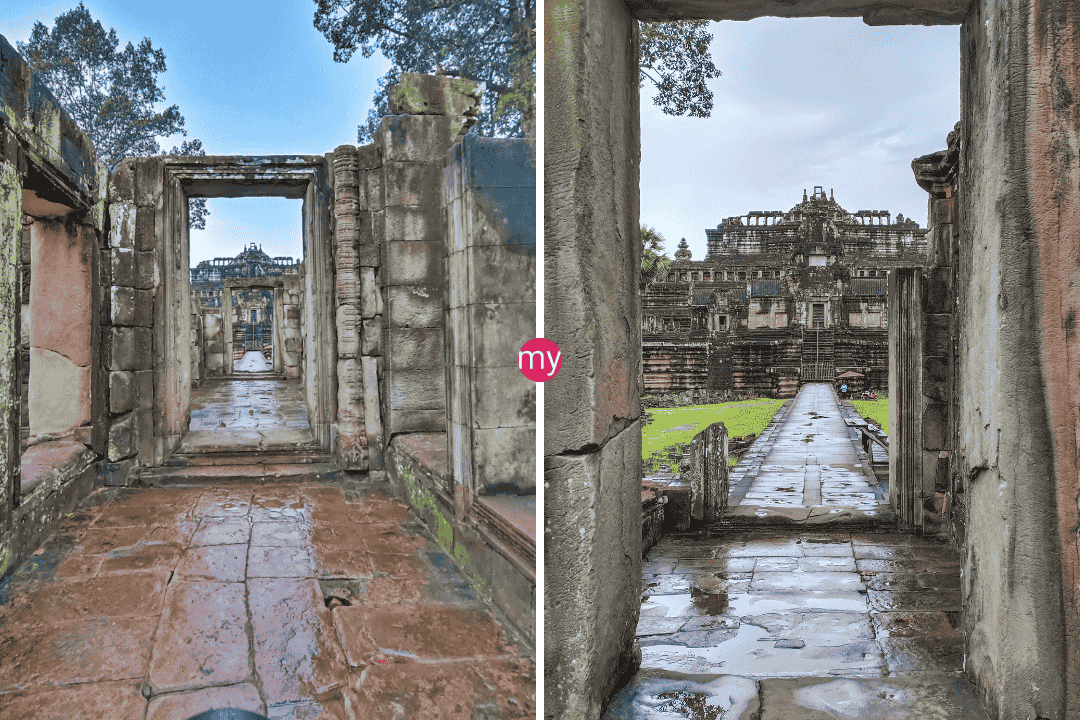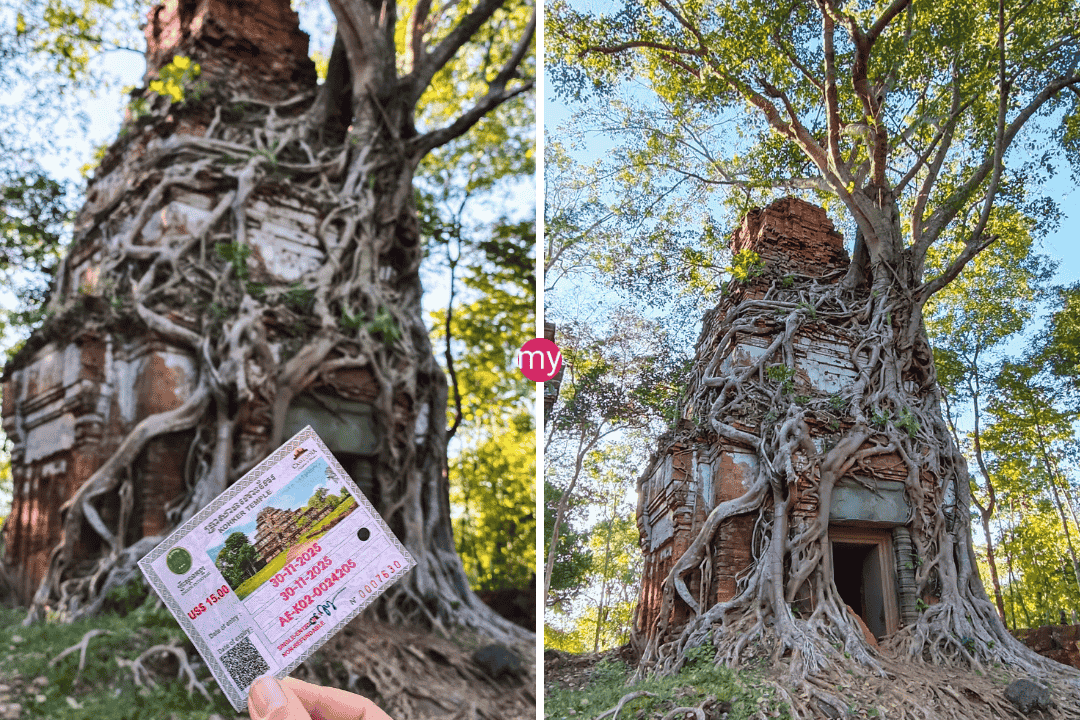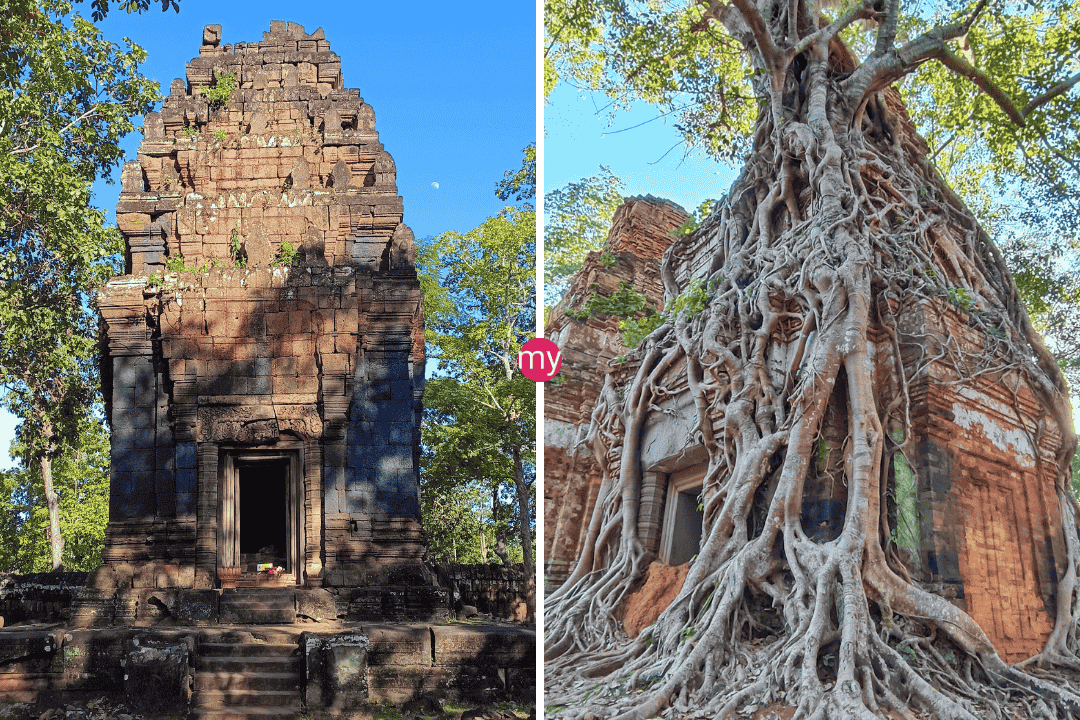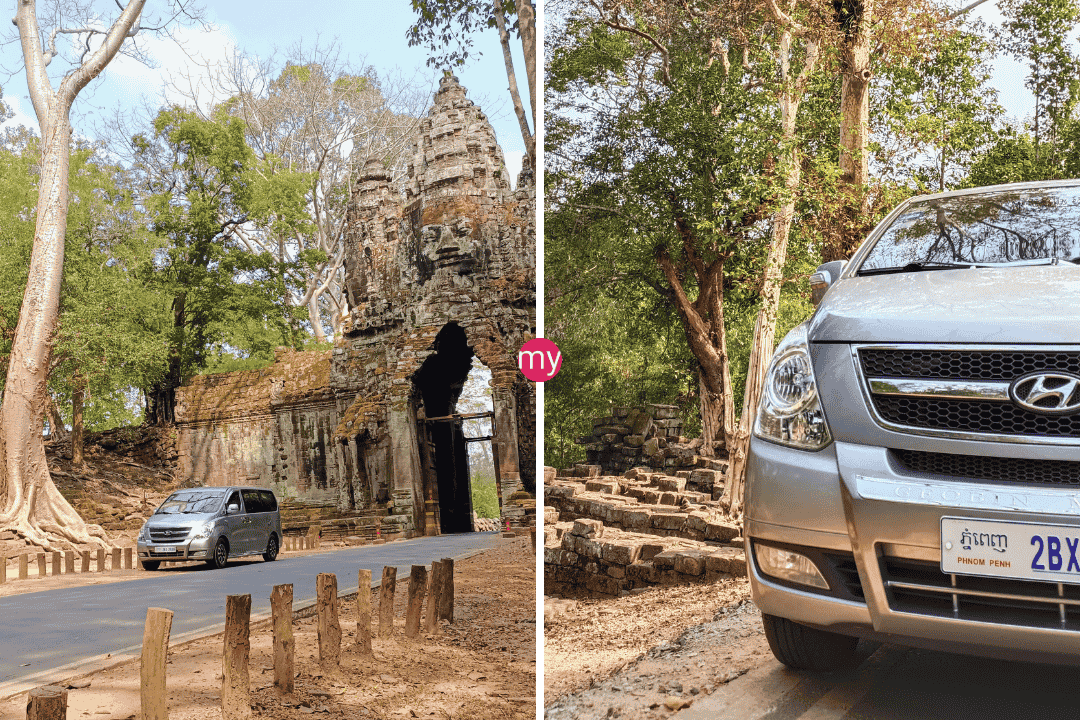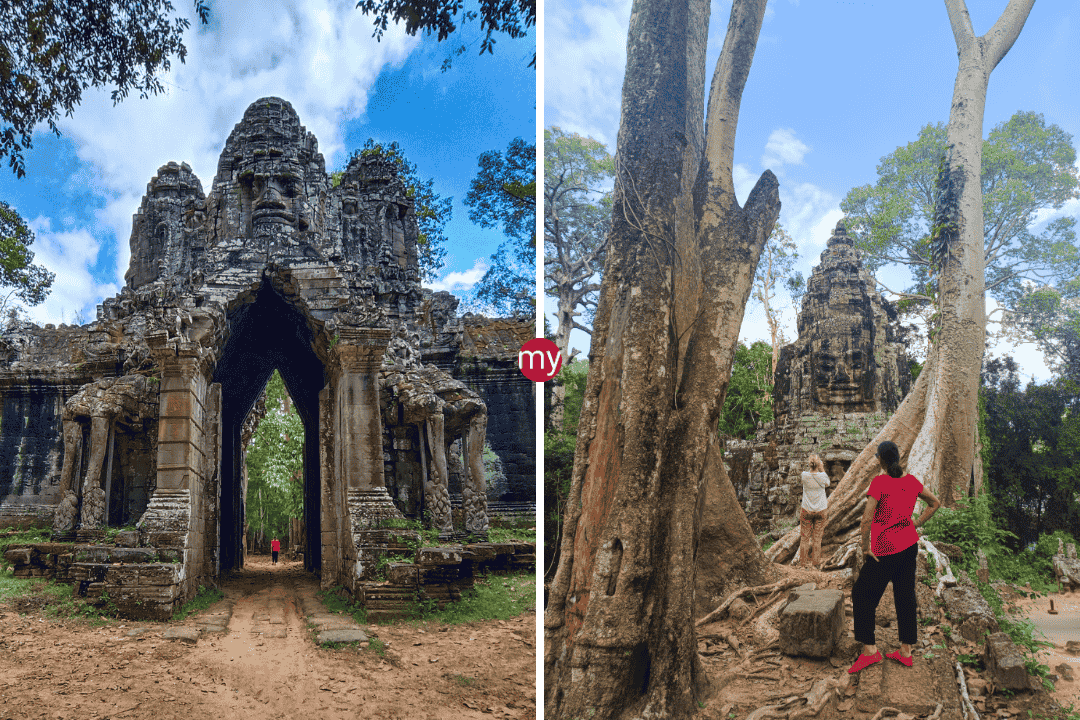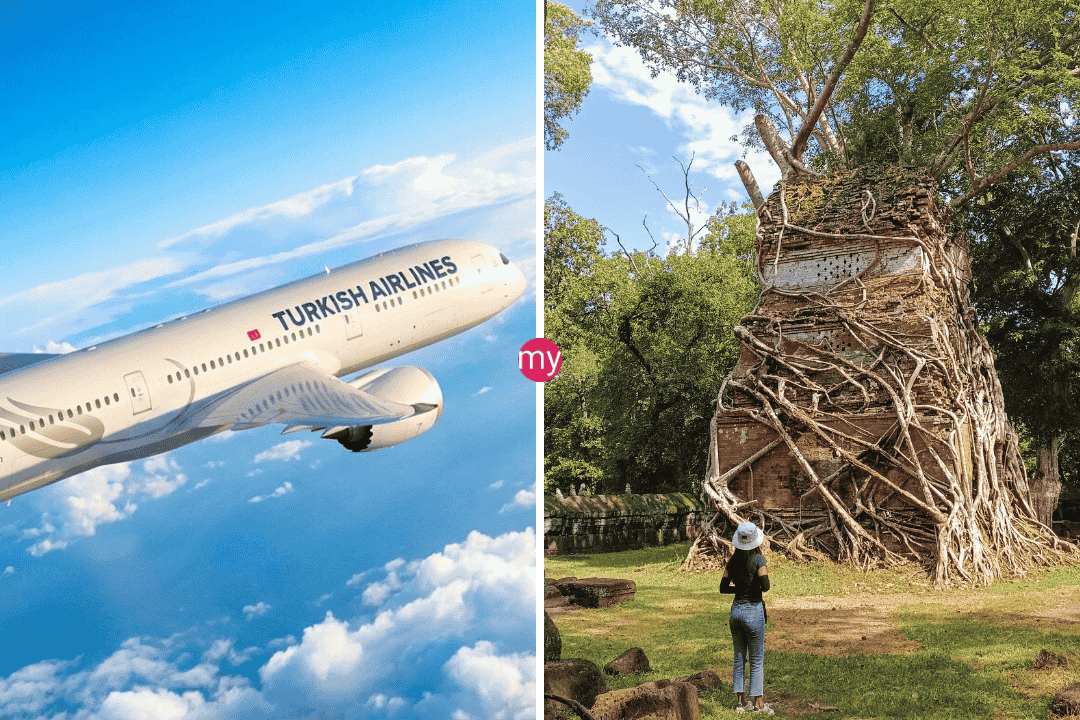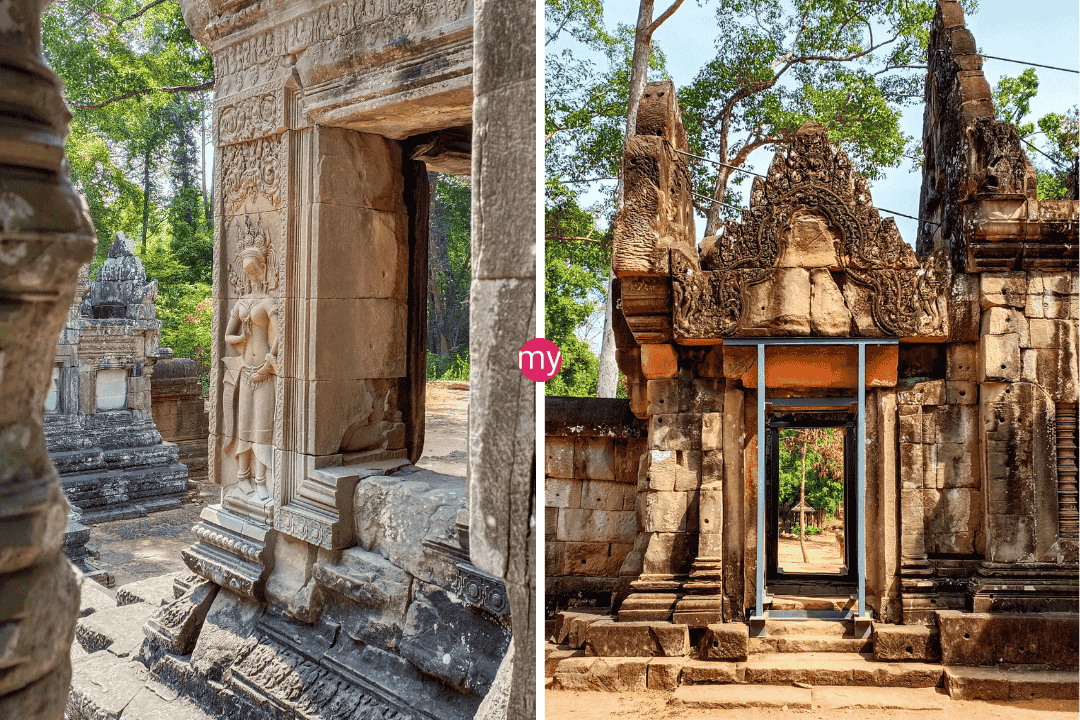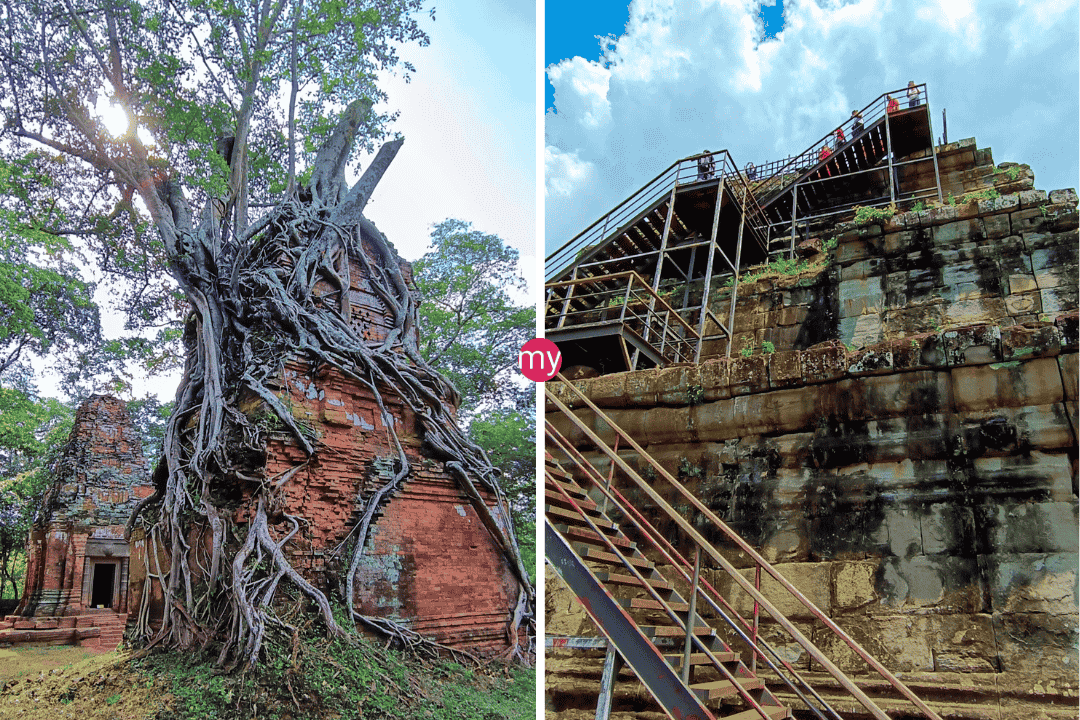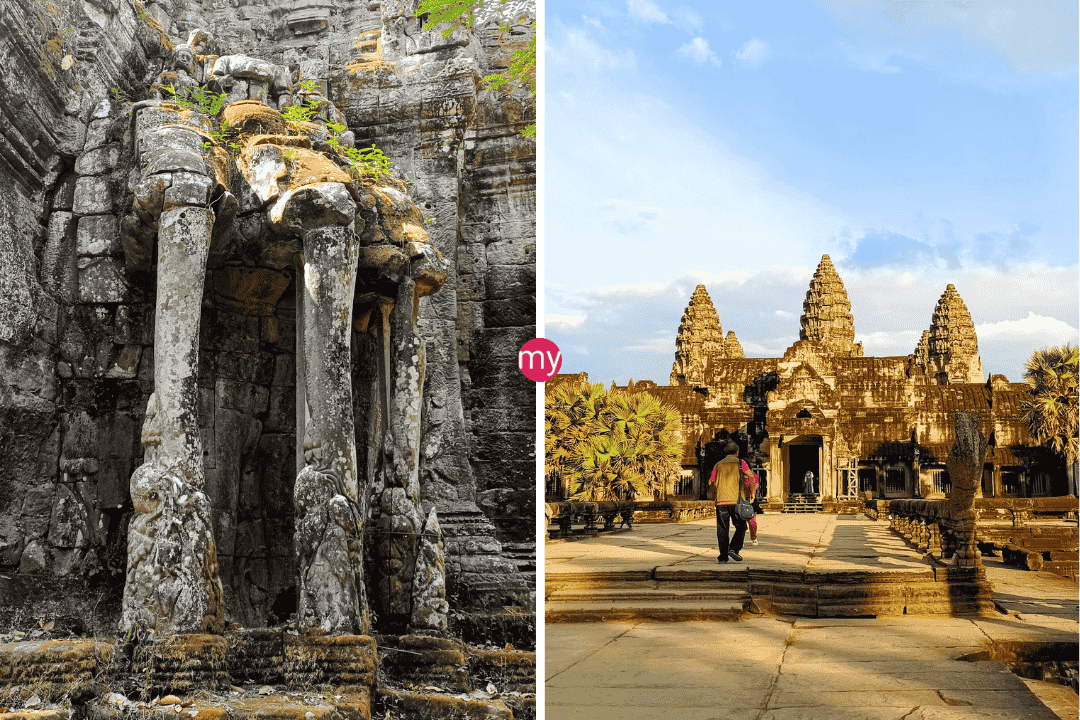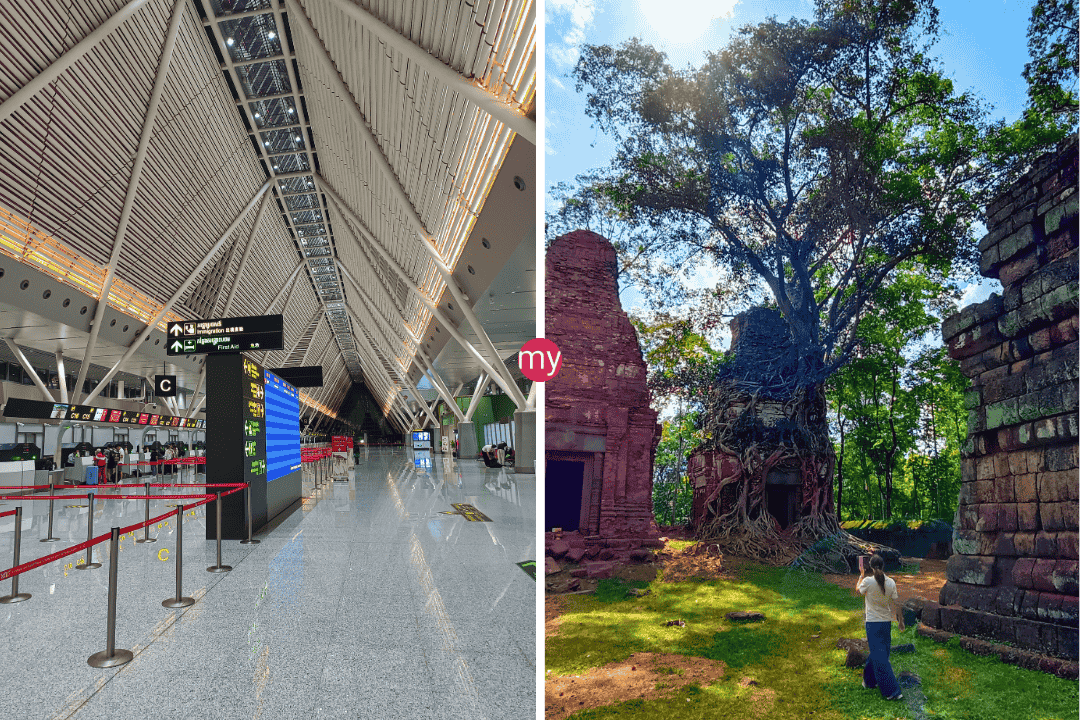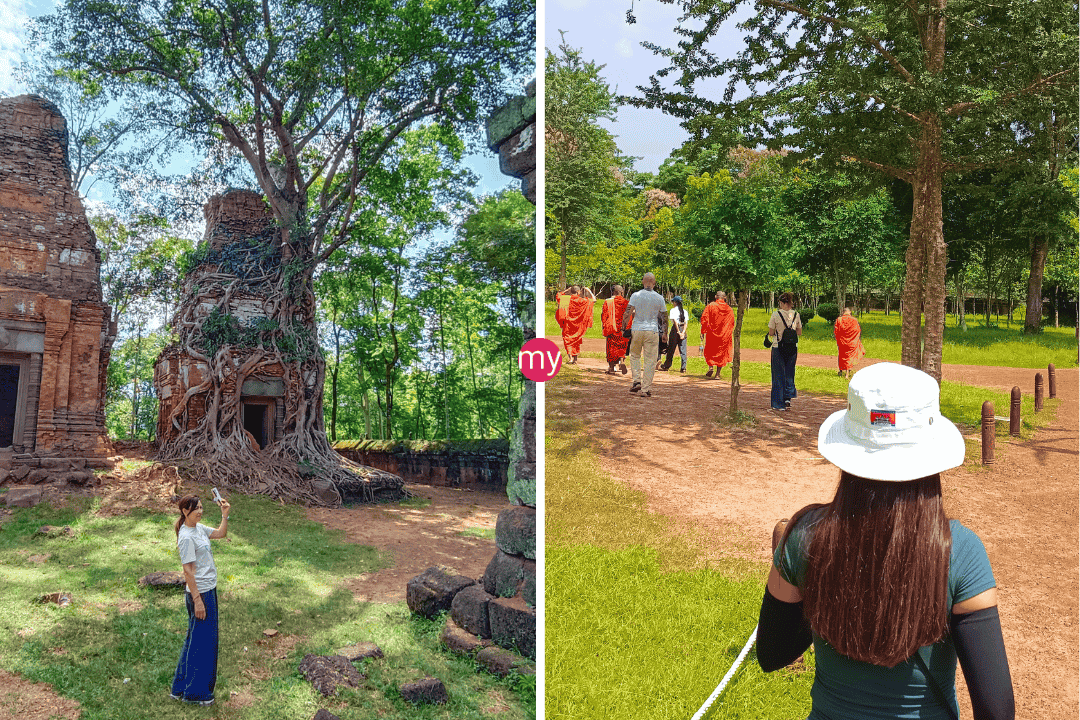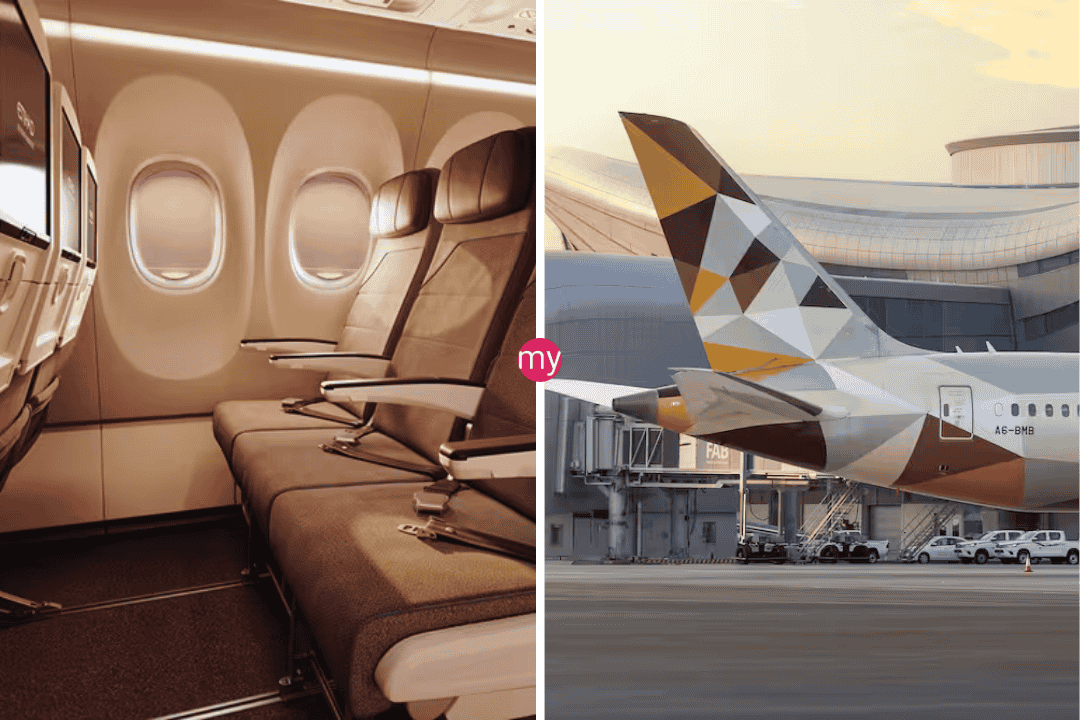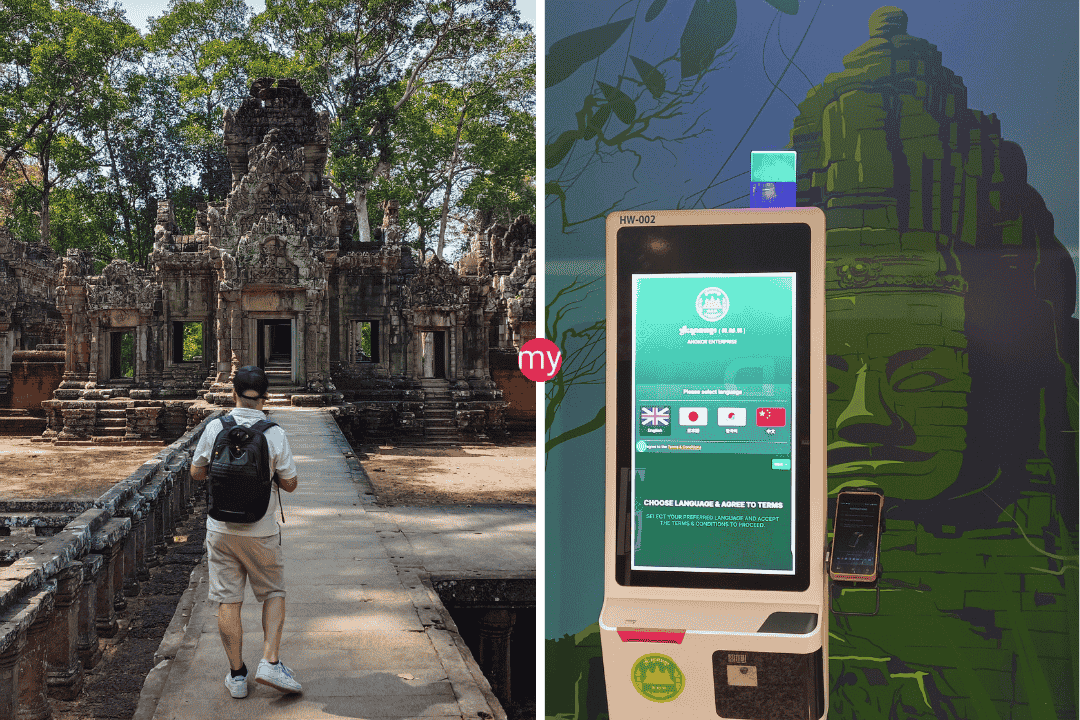Phnom Bakheng Temple – Step into a World of Wonder and Unforgettable Memories!
An ancient Khmer saying notes, “The sun sets, but leaves memories of its splendor.” Catching the sun dip under the horizon, it shines on Angkor Wat in a special way. It’s a vision that sticks with all who visit Cambodia. Of all the spots at Angkor Archaeological Park, Phnom Bakheng temple is ideal for seeing Angkor’s sunsets.
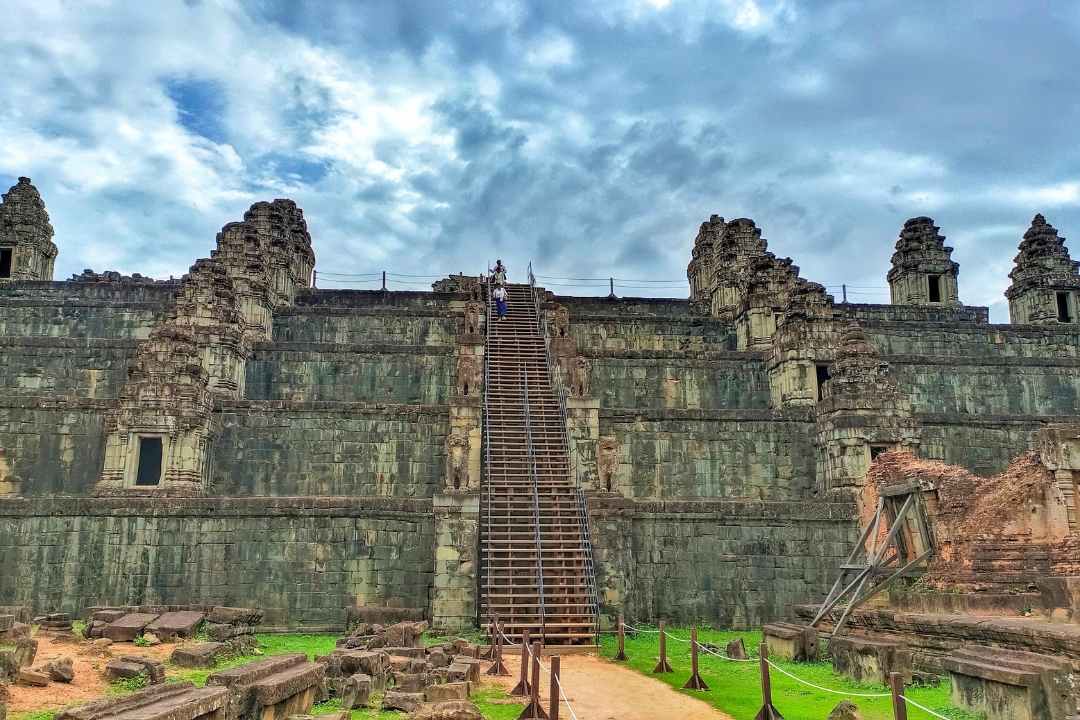
Phnom Bakheng Temple sits on a 60-meter-high hill just 1.5 km from Angkor Wat, built in the 9th century. It provides the best views of the Khmer empire’s structures. When the sun goes down, its shape stands out against the red sky, making it heaven for photographers and anyone wanting a memorable sight.
Key Takeaways
- Phnom Bakheng offers breathtaking panoramic sunset views of Angkor Wat and the Angkor Archaeological Park.
- The temple’s elevated position and the iconic Angkor Wat silhouette make it a prime sunset photography location.
- Visiting during the dry season (November to February) provides clear skies for vibrant sunsets.
- Guided tours and early arrival are recommended for the best experience and to secure prime viewing spots.
- Phnom Bakheng’s rich history and Khmer architectural grandeur add to the allure of witnessing sunsets here.
Witness the Majestic Phnom Bakheng Temple Sunset
At sunset, the Phnom Bakheng temple-mountain shines as a top spot to see the over Angkor Wat. This location offers of the whole Angkor complex. It’s a highlight for anyone looking for a magical sunset.
Iconic Silhouette Against the Crimson Sky
The silhouette of Angkor Wat against the red sky is unforgettable. Its beauty, marked by detailed carvings and tall spires, symbolizes the ‘s legacy. It’s a dream shot for photographers.
Elevated Vantage Point for Panoramic Views
Perched on a hill, Phnom Bakheng shows off of Angkor. As light bathes the ancient stones, visitors can admire the vast complex. A once-great empire’s heart lies below, offering a history lesson through its temples.
Historic Significance of the Temple-Mountain
Phnom Bakheng has deep roots in the history of the. It was built in the 9th century, making it one of the first Khmer Empires’ Hindu temples. As a state temple, its hilltop setting and design were important for the culture and religion.
It’s like stepping into a postcard, folks! Don’t just take my word for it – grab your camera and see for yourself why this spot is the talk of the town. Trust me, it’s a view that’ll stick with you long after you’ve left Cambodia. So what are you waiting for?
Let’s make some memories!
Private Angkor Wat Sunset Tour | Guided Full-Day Temple Tour [with Phnom Bakheng sunset]
Phnom Bakheng Temple: A Timeless Khmer Wonder
In the heart of the Angkor Archaeological Park stands the Phnom Bakheng Temple. It is a symbol of the Khmer Empire’s architectural brilliance and rich spiritual history. The temple was built in the late 9th century and is the first temple on a man-made hill. King Yasovarman oversaw its construction.
Architectural Marvel of the Angkorian Era
The temple’s design is stunning. It has a five-tiered pyramid shape, showing off Khmer architecture perfectly. The site is covered in detailed sandstone carvings. These carvings and bas-reliefs tell stories from Hindu temple symbolism and daily life of the ancient Khmers.
When you climb up the temple, you’ll see a view that is breathtaking, especially at sunset. This view shows the temple’s beauty and the Khmers’ deep knowledge of astronomy. It’s like they were reaching for the stars.
- Phnom Bakheng covers an area of 15 hectares, making it one of the largest temples in Siem Reap.
- The architectural site spans 900m x 700m, featuring three concentric enclosures separated by moats.
- There are a total of five steps of elevation at Phnom Bakheng, contributing to its height and charm.
Spiritual and Cultural Significance
Phnom Bakheng’s importance goes beyond its design. It was once a place for Hindu rituals, showing the Khmer Empire’s religious beliefs. Now, it plays a key role in Cambodia’s cultural heritage. People come from afar to witness its splendor and honor its ancient customs.
| Visiting Information | Details |
|---|---|
| Location | Siem Reap, Cambodia |
| Best Time to Visit | Late afternoon, particularly during sunset |
| Visitor Restrictions | Limited number of visitors allowed at a time to preserve the temple’s integrity |
| Transportation Options | Tuk-tuk, taxi, or rented bicycle |
| Entrance Fee | Included in the Angkor Archaeological Park pass |
Walking through Phnom Bakheng Temple lets you step into the past. It wraps you in the story of Khmer history and culture. This journey is unforgettable, leaving you amazed at the Angkorian era’s creativity and skill.
Best Time to Visit Phnom Bakheng Temple
As the sun sets, colors like amber and crimson light up the sky. Phnom Bakheng Temple is top for seeing amazing sunsets. The best time to visit it is during the Cambodia dry season, November to April. These months bring clear skies and cool weather.
Dry Season for Clear Skies and Pleasant Temperatures
In the dry season, the sky is mostly clear. This is perfect for watching sunsets at Phnom Bakheng Temple. It also means you’ll be comfortable as you enjoy the view and the vibes that come with it.
- Clear skies let you see the sunset’s bright colors clearly
- Temperatures are nice, so walking around the temple is pleasant
- This season is great for being outside and visiting places
Arrive Early to Secure the Best Viewing Spot
For an unforgettable sunset experience at Phnom Bakheng, get there early. It’s a favorite place for watching the sun go down in Angkor. Many people come, so arriving before most helps you find a great spot and dodge the Angkor Wat crowds at sunset.
Getting there early is also a chance to see the temple’s details up close. You can learn about its story and value. Tips from guides can make it even more interesting.
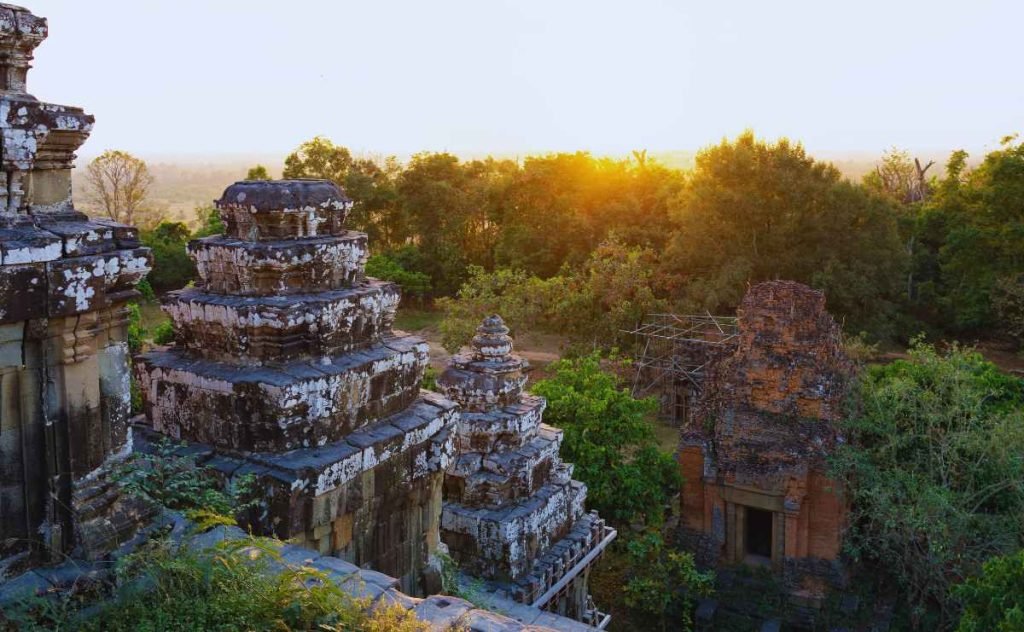
Accessing Phnom Bakheng Temple
Getting to the ancient Phnom Bakheng Temple is a journey through culture and beauty. It’s more than two centuries older than Angkor Wat. You can choose a guided tour or explore on your own to enjoy the temple.
Guided Tours for Hassle-Free Experience
To start your Phnom Bakheng and Angkor Archaeological Park visit smoothly, think about a guided tour. Local companies offer these tours. They have guides who know a lot about the temple’s history and its meaning. Their knowledge makes your visit richer and clearer.
- Reputable tour operators offer diverse Angkor wat guided tours tailored to your interests and schedule.
- Guided tours often include convenient transportation, ensuring a seamless phnom bakheng temple tours experience.
- Knowledgeable local guides provide rich cultural context, making your visit truly immersive.
Independent Exploration Options
Looking for an adventure on your own? Going to Phnom Bakheng lets you explore freely. You can rent bicycles or use tuk-tuks. This way, you experience the beauty at your own speed and find special spots as you go.
Walk this path and find your way to the temple. Enjoy your time, discovering its surroundings.
- Rent bicycles for an eco-friendly and intimate way to explore the Angkor Archaeological Park.
- Hire a tuk-tuk driver for a unique siem reap travel experience and convenient transportation.
- Plan your cambodia tourism itinerary carefully, allocating sufficient time for the journey and temple exploration.
No matter how you choose to get there, Phnom Bakheng Temple promises an amazing experience. It shows the world the cleverness and spiritual side of the Khmer people.
Hidden Gems for Sunset Viewing
Angkor Wat’s Phnom Bakheng temple is famous for sunset views. But, there are hidden spots in the Angkor Archaeological Park. These lesser-known spots offer quiet and beautiful sunset experiences.
Phnom Bok: Off-the-Beaten-Path Hilltop Retreat
Phnom Bok, found in Siem Reap’s countryside, is a quiet hilltop temple. It gives a 360-degree view of the area. This secret sunset place is away from the busy areas, giving you quiet time. You can watch the sun set behind the temple, creating a stunning scene.
Beng Mealea: Jungle-Clad Ruins for Adventure Seekers
In contrast, Beng Mealea offers an adventure travel cambodia. It’s hidden in the jungle and has awe-inspiring sunset views. The setting sun highlights the temple’s intricate details, making it a special place to explore and enjoy.
Both Phnom Bok and Beng Mealea are perfect for different tastes. Phnom Bok is serene, while Beng Mealea is for those seeking adventure. They offer unique sunset experiences, making your visit to Siem Reap unforgettable.
Photography Tips for Capturing Stunning Sunsets
Few things are as thrilling for a photographer as a sunset at Phnom Bakheng Temple. During the golden hour, this ancient site becomes a breathtaking scene. Light plays on the ruins and creates enchanting shadows.
Golden Hour Magic
Sunrise and sunset are the best times to take photos at Angkor temples. The light at these times makes everything look magical. From November to February, sunrises and sunsets are often clear. This makes it the best time for photography at Angkor Wat. Even in the rainy season, you can still capture beautiful images.
Silhouettes and Reflections
At Phnom Bakheng Temple, capturing silhouettes against the sky is captivating. Try to include reflections for a peaceful feel in your photos. Using a wide-angle lens will show the temple’s beauty and the sunset’s colors.
Experiment with Angles and Perspectives
- Approach the temple with the light behind you to accentuate the architectural details and textures.
- Include people in your shots to add a sense of scale and human element.
- Adjust your white balance settings to accurately capture the warm tones of the sunset.
- Seek unique vantage points and creative angles to showcase the temple’s beauty in a fresh and compelling way.
- Be considerate of other photographers, especially at crowded locations like Phnom Bakheng, and respect their space and shots.
Patience, creativity, and a sharp eye for light and composition are key at Phnom Bakheng Temple. They will help you take photos that truly capture its magic.
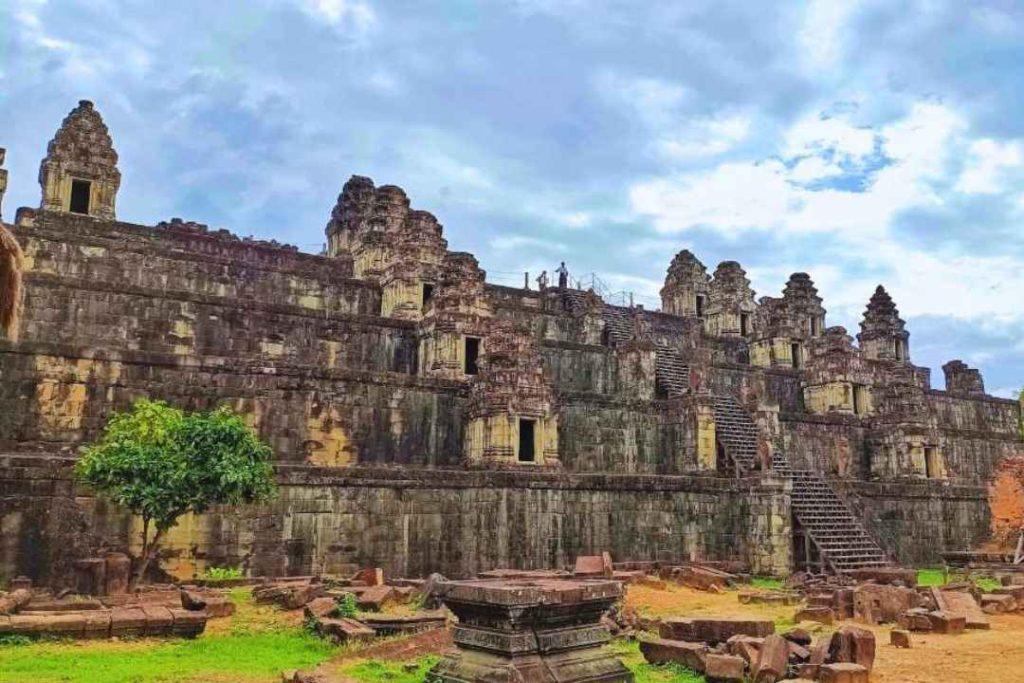
Phnom Bakheng Temple’s Historical Significance
Located in the Angkor Archaeological Park, Phnom Bakheng Temple is a historical gem. It stands on a hill surrounded by greenery, showing the Khmer Empire’s skills and beliefs.
This temple was built in the 9th century, between 889 – 910 AD. It was made for the Hindu god Shiva. This shows a mix of Hinduism and Buddhism.
Architectural Wonders of the Khmer Empire
Phnom Bakheng is the first big temple in Angkor, coming before Angkor Wat by over two hundred years. Truly unique, its layout and shape were inspired by Mount Meru, a sacred place for Hindu deities.
The temple used to have 108 small towers. But you could only see 33 from any side. This shows the Khmer’s deep understanding of astronomy and geometry.
This temple is a testament to the Khmer’s engineering skills. They used detailed sandstone carvings to tell their stories. At 79 meters high, the temple offered great views. This height also had a symbolic meaning, linking it to the gods.
Religious and Spiritual Symbolism
The temple is not just about its looks. It has a deep spiritual meaning. At first, it was a Hindu temple, reflecting the Khmer’s religious beliefs.
Its design showed Mount Meru’s five peaks. This added to its spiritual message.
Later, it became a Buddhist temple under Jayavarman VII’s rule. This shift shows how Hinduism and Buddhism mixed in Cambodia. Even today, the temple reminds us of the Khmer’s spiritual connection with the universe.
Preparing for Your Phnom Bakheng Temple Visit
When getting ready for your visit to Phnom Bakheng Temple, good preparation is key. Bring the right gear for exploring the temple. Stick tocambodia cultural traditions. This will not just make your journey better. It helps keep this ancient place in good shape.
Essential Gear for Temple Exploration
For your adventure at Phnom Bakheng Temple, it’s good to have: comfortable shoes for walking, light clothes for the warm weather, sun protection, a bottle for water, and a backpack for your essentials.
Respecting Cultural Traditions
Exploring Cambodia means respecting its culture. Wear modest clothes that cover your shoulders and knees. Always remove shoes before going in sacred places. Be polite all the time. These actions are key forresponsible tourism.
Keeping a positive outlook and being well-prepared will make your visit more memorable. This way, you truly feel connected to the history and culture of the Phnom Bakheng Temple and all of Cambodia.
Phnom Bakheng Temple was built in the late 9th century, over 200 years before Angkor Wat. It’s a Hindu temple for Lord Shiva. It was very important in the Angkor region’s time under King Yasovarman.
Embracing the Serenity of Phnom Bakheng Temple
Visiting Phnom Bakheng Temple lets you find peace and connect with history. Walk around the ancient ruins and enjoy tranquility. Take deep breaths, feel the history, and soak in the temple’s beauty.
Mindful Moments Amidst Ancient Ruins
Pause in the temple to enjoy the moment. See the lush greenery and detailed architecture. Let the past stories and peaceful atmosphere surround you.
Connecting with Nature and History
Exploring Phnom Bakheng lets you connect with nature and history. Notice how man-made and natural aspects harmonize. Let the stunning design take you back in time to appreciate the skilled work of the past.
Feel the ancient ground under you and dive into Cambodia’s rich history. Visiting this temple is a journey within oneself. It’s a place where you find peace and inspiration, enhancing your connection with the world. Every moment you spend here is a memory that stays with you.
Responsible Tourism at Phnom Bakheng Temple
I’m a big supporter of traveling in a way that’s kind to the planet. Visiting places like Phnom Bakheng Temple gives us the chance to travel responsibly. This stunning site is in the Angkor Archaeological Park and is very important culturally. It shows off Cambodia’s history beautifully.
Preserving Cultural Heritage
Keeping Phnom Bakheng Temple’s ancient culture alive is key. We help by choosing green ways to get there and cutting down on trash. This approach helps protect this special place for years to come. The World Monuments Fund, for example, works hard to keep this temple in good shape. They’ve put over $5 million toward this goal.
When visiting, it’s vital to follow the temple’s guidelines closely. This ensures we don’t harm the site. Little things, like not leaving trash and using marked paths, do a lot to keep the temple’s magic alive.
- Stick to the sunset visit plan to keep the temple peaceful.
- Help out with conservation work by acting responsibly and maybe donating.
- Show respect by dressing and acting appropriately when at the temple.
Supporting Local Communities
Being a responsible tourist at Phnom Bakheng Temple goes beyond the site itself. It’s about helping the nearby communities too. They’ve been the temple’s caretakers for a long time. Supporting their work and traditions is important.
| Initiative | Description |
|---|---|
| Purchasing Local Souvenirs | Buy real crafts and souvenirs from villages close to the temple to help local artists. |
| Hiring Local Guides | Learn from guides who know the site well. They offer great insights into its story. |
| Patronizing Local Businesses | Eat at local places and stay at eco-friendly spots. This supports the local economy. |
Choosing to travel responsibly makes Phnom Bakheng Temple’s future brighter. It helps keep the cultural heritage and supports local life. This way, we get to see amazing places and help keep Cambodia’s culture strong.
Combining Phnom Bakheng Temple with Other Angkor Sites
Phnom Bakheng Temple stands among many wonders in the Angkor Park. To soak in the Khmer Empire’s deep culture, make a angkor wat itinerary. This plan should include Phnom Bakheng and other famous sites.
Crafting the Perfect Angkor Wat Itinerary
Around Angkor Wat, there are over 1,000 ancient khmer temples. Each tells its own story. The grand Angkor Wat, built over 9 centuries ago, shines. Yet, don’t miss the Bayon and Ta Prohm, offering their own magic to your cambodia temple tour.
- Begin your journey at the awe-inspiring Angkor Wat, marveling at its intricate stone carvings and architectural grandeur.
- Venture to the iconic Bayon Temple, with its captivating smiling faces etched into the stone towers.
- Embrace the overgrown ruins of Ta Prohm, where massive tree roots intertwine with ancient structures, creating a hauntingly beautiful scene.
- Conclude your day by ascending Phnom Bakheng for a breathtaking sunset view over the entire Angkor complex.
Explore the Wonders of Angkor Archaeological Park
Choose a guided tour or go solo in the Angkor Park. There, every temple is unique and special. The park is a UNESCO site filled with gems like Bakheng with its 109 towers. Don’t miss Banteay Srei, known as “the jewel in Khmer art,” 25km from Siem Reap.
Many go for a longer trip to dive deep into the ancient culture. A two-day visit includes Banteay Srei and more. For more adventure, Preah Vihear temple, 200km from Siem Reap, awaits. It’s beautiful and peaceful from both Thailand and Cambodia.
Related and Useful Links Box
- Private Angkor Wat Sunset Tour | Guided Full-Day Temple Tour [with Phnom Bakheng sunset]
- From Ancient Ruins to Breathtaking Views: Exploring Phnom Bakheng Temple Like Never Before – My Siem Reap Tours
- Mesmerizing Angkor Wat Sunsets: Unveil the Top Spots for an Unforgettable Experience.
- Sunset at Phnom Bakheng: A Mesmerizing Experience at Angkor Wat
- Angkor Temples, Contemporary Witnesses in Cambodia
- Phnom Bakheng: Explore The Magnificent Of Angkor Complex
- Bakong: Exploring Cambodia’s Ancient Sacred Sanctuary
- Unveiling the Majesty of Phnom Bakheng: A Timeless Wonder
- Phnom Bakheng – the hill in the southwest of Angkor – Cambodia Travel-Magazine
- Phnom Bakheng Temple Guide – See the Sunset – Just Siem Reap
- Angor Wat, Phnom Bakheng And Ta Prohm Temples, Cambodia, Part III
- Phnom Bakheng
- Phnom Bakheng | Angkor Travel Tips
- 8 Spots for the Perfect Sunset in Siem Reap
- 4 Best Places To Enjoy Beautiful Sunset View In Siem Reap
- Photo Tips for Angkor Temples|Indochina Odyssey Tours
- 10 Photography Tips Angkor Wat: take Better Pictures In The Temples Of Angkor
- Angkor Wat Photography Tips – Cambodia Travel Guide | Travel Authentic Asia
- Phnom Bakheng
- Bakheng
- A Beautiful Sunset at Bakheng Mountain
- THE ULTIMATE SIEM REAP ITINERARY & GUIDE
- Day Two of Cycling in Angkor Archaeological Park | Solo Backpacker
- Phnom Bakheng Hill – Angkor Archeological Park – Angkor Wat Guide – What to See in Cambodia – Cambodia Major Attractions | Tourism Cambodia
- Phnom Bakheng – Angkor Wat Temple Guide | InsideSiemReap.com
- Phnom Bakheng
- Seeking peace in Angkor Wat at the Phnom Bakheng temple
- The Bakheng: Diving into the History of Cambodia’s Pyramid
- 5 ways to combine a visit day in Siem Reap
- Phnom Bakheng – The Mountain Top Pyramid – History & Highlights | Hello Angkor
- Phnom Bakheng: an Angkor Period Heaven on Earth
Seeing the magical sunset over Phnom Bakheng Temple in Cambodia is unforgettable. The sun’s golden light shows the temple’s beautiful carvings and shape. It makes you feel deeply connected to the heritage of the area.
It’s important to practice responsible tourism here. We should respect local cultures, help local people, and protect these sites. This way, many more people can enjoy the beauty of Angkor Wat at sunset.
When planning your trip to Cambodia, mix visiting places like Phnom Bakheng with other cool spots. Doing this, you get a close look at this ancient culture. Feel the peace, take in the incredible sights, and let the Phnom Bakheng Temple’s magic touch your heart.
Featured
Explore more on My Siem Reap Tours
Koh Ker and Beng Mealea guided tour | Banteay Srei temple tour semi-private guided tour | Angkor Wat Sunrise shared tour | Koh Ker and Beng Mealea guided tour | Morning Siem Reap floating village tour | Afternoon Siem Reap floating village tour | Private Angkor Wat special tour | Kulen Waterfall small group guided Tour | Private Angkor Wat mix temples photo tour
